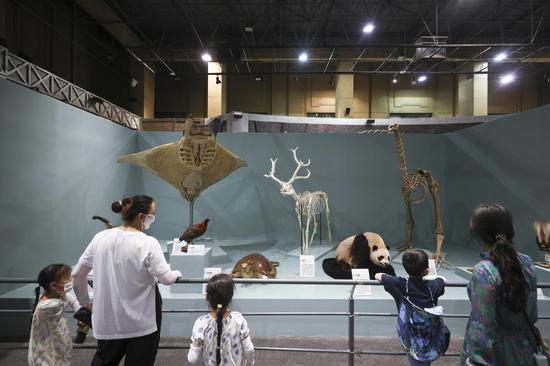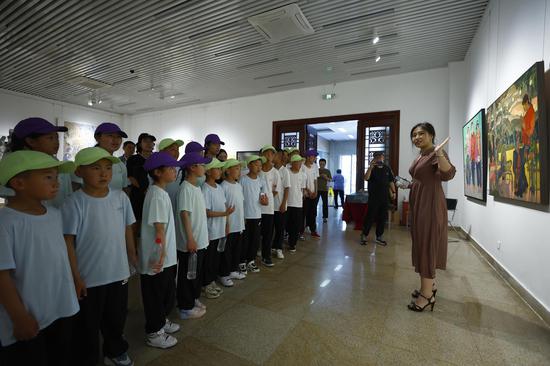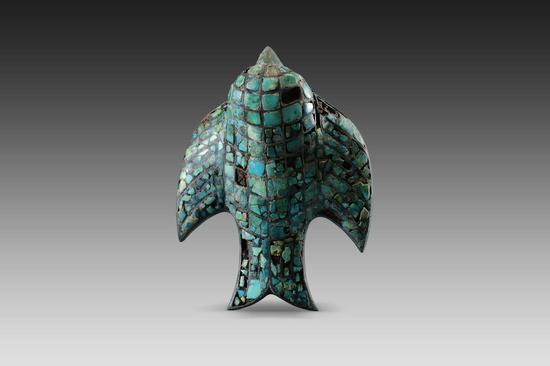Chinese researchers have successfully proven the existence of the very massive first-generation stars, which are the oldest stars in the universe. After years of work, they have discovered the chemical signature of these stars for the first time, a breakthrough that holds significant importance for understanding the origins and evolution of stars.
The research findings were published online in the international scientific journal Nature on Wednesday, providing an answer to the longstanding question in the scientific community regarding the existence of the very massive first-generation stars during the early stages of the universe, approximately 13.8 billion years ago.
The researchers from the National Astronomical Observatory of China analyzed over 5 million stellar spectra obtained from the Large Sky Area Multi-Object Fiber Spectroscopic Telescope (LAMOST) in North China's Hebei Province. Through this analysis, they identified a star located in the halo of the Milky Way, approximately 3,327 light-years away from Earth, with a mass approximately half that of the Sun.
This star exhibited a metal-poor characteristic, indicating its alignment with the characteristics of second-generation stars formed after the demise of the first-generation stars.
The first-generation stars were supermassive stars with masses ranging from 140 to 260 times that of the Sun, making them the oldest stars in the universe. These stars existed over 13 billion years ago but had short lifespans of only 3 million years before undergoing supernova explosions, giving rise to the second-generation stars observed by the researchers.
By observing and studying the second-generation star, the researchers will be able to infer the mass and characteristics of its preceding generation of stars, said Xing Qianfan, a deputy researcher from National Astronomical Observatory of China.
Xing said that the research team will utilize the massive dataset from LAMOST to deduce the distribution of stars with different masses in the earliest first-generation stars. This will enable them to explore the evolutionary history of the entire universe and the evolution of stars.


















































 京公網安備 11010202009201號
京公網安備 11010202009201號